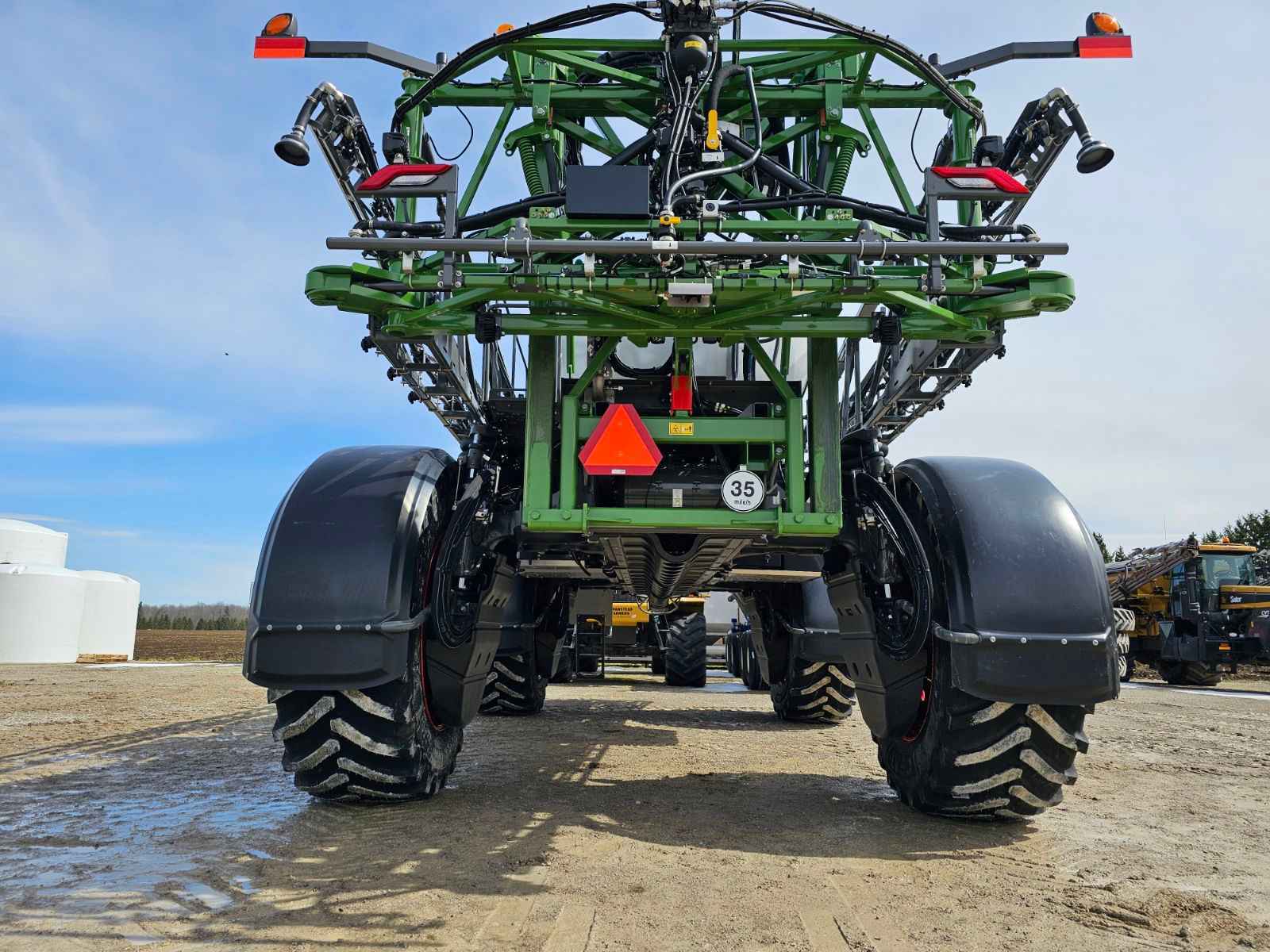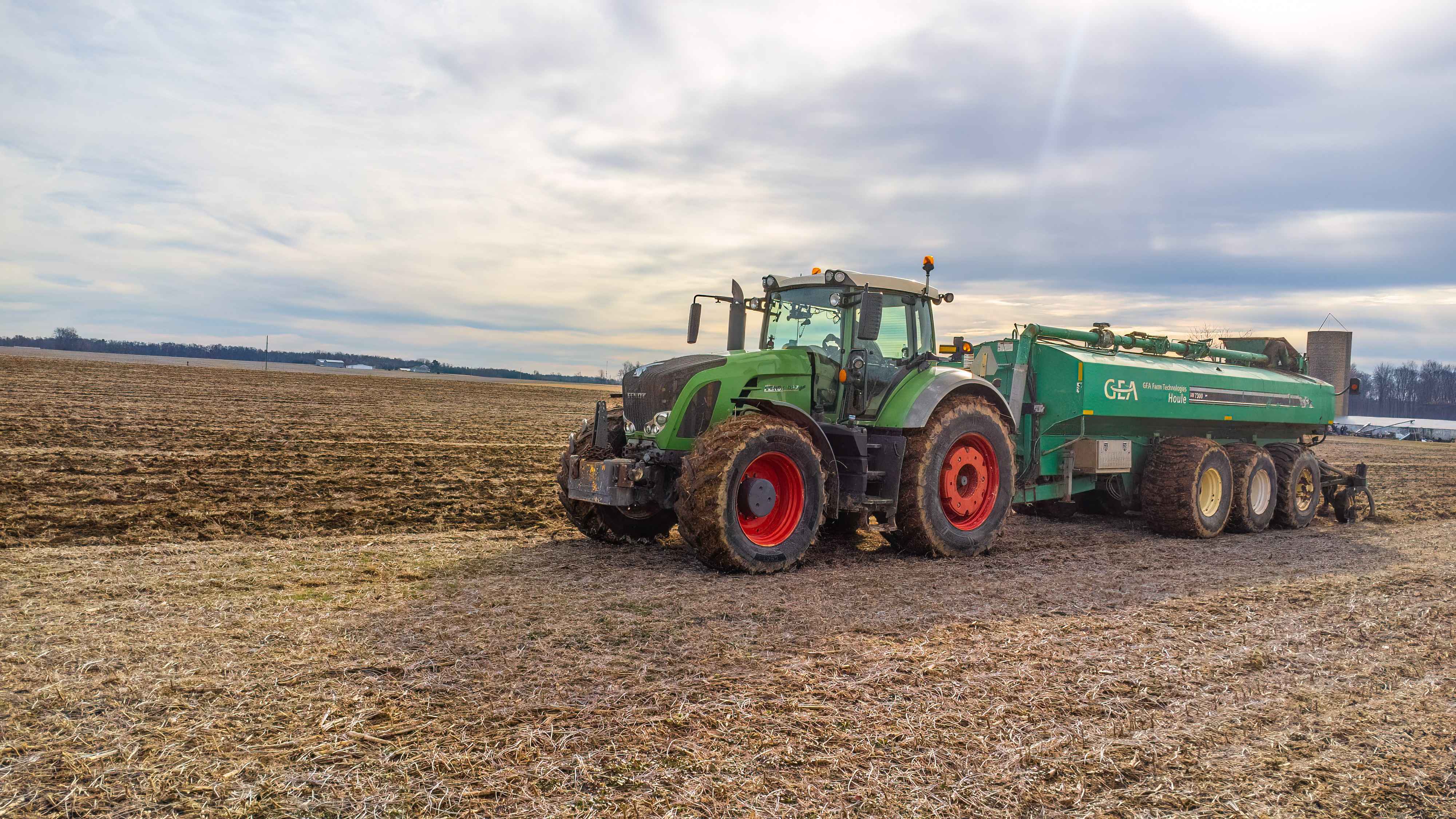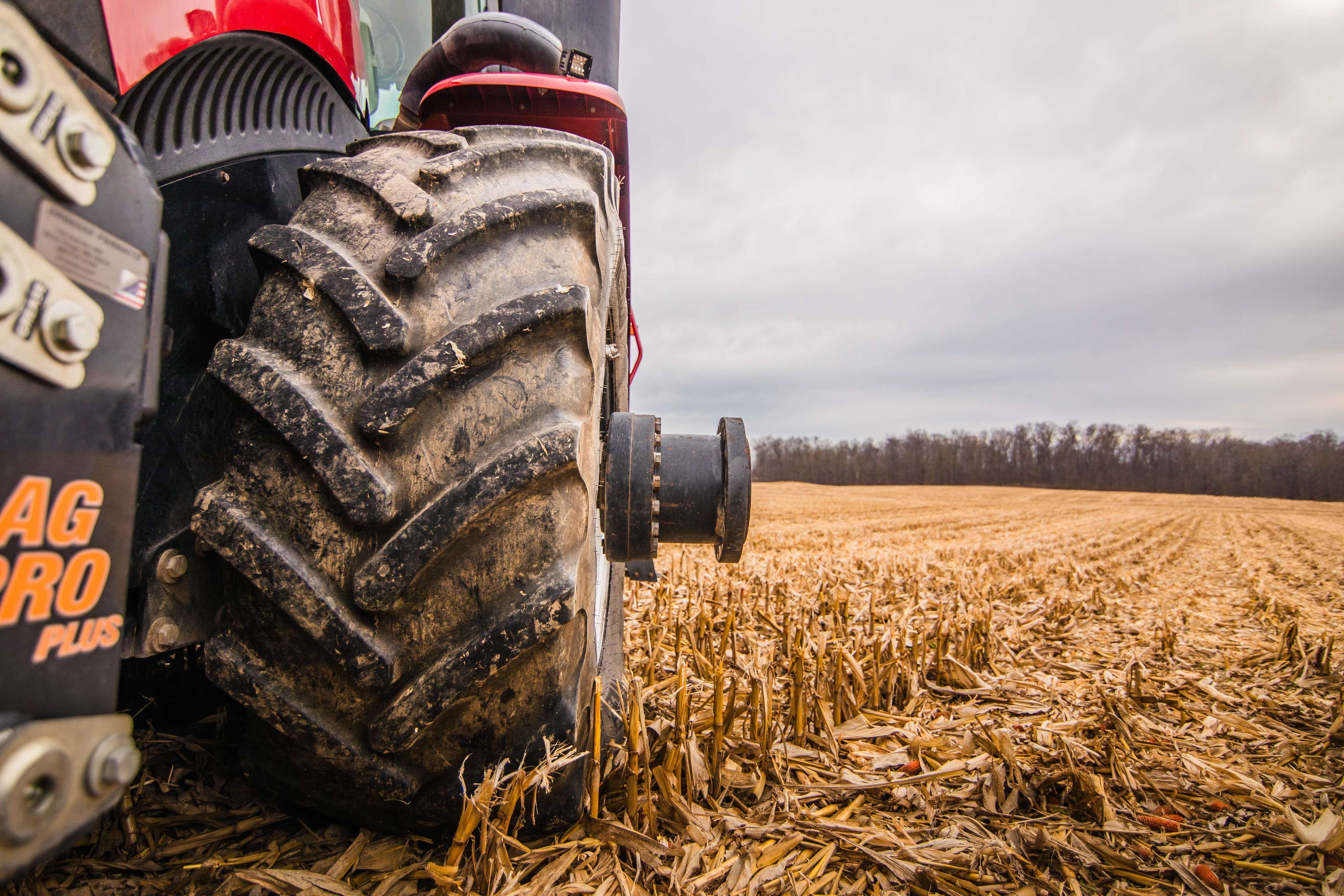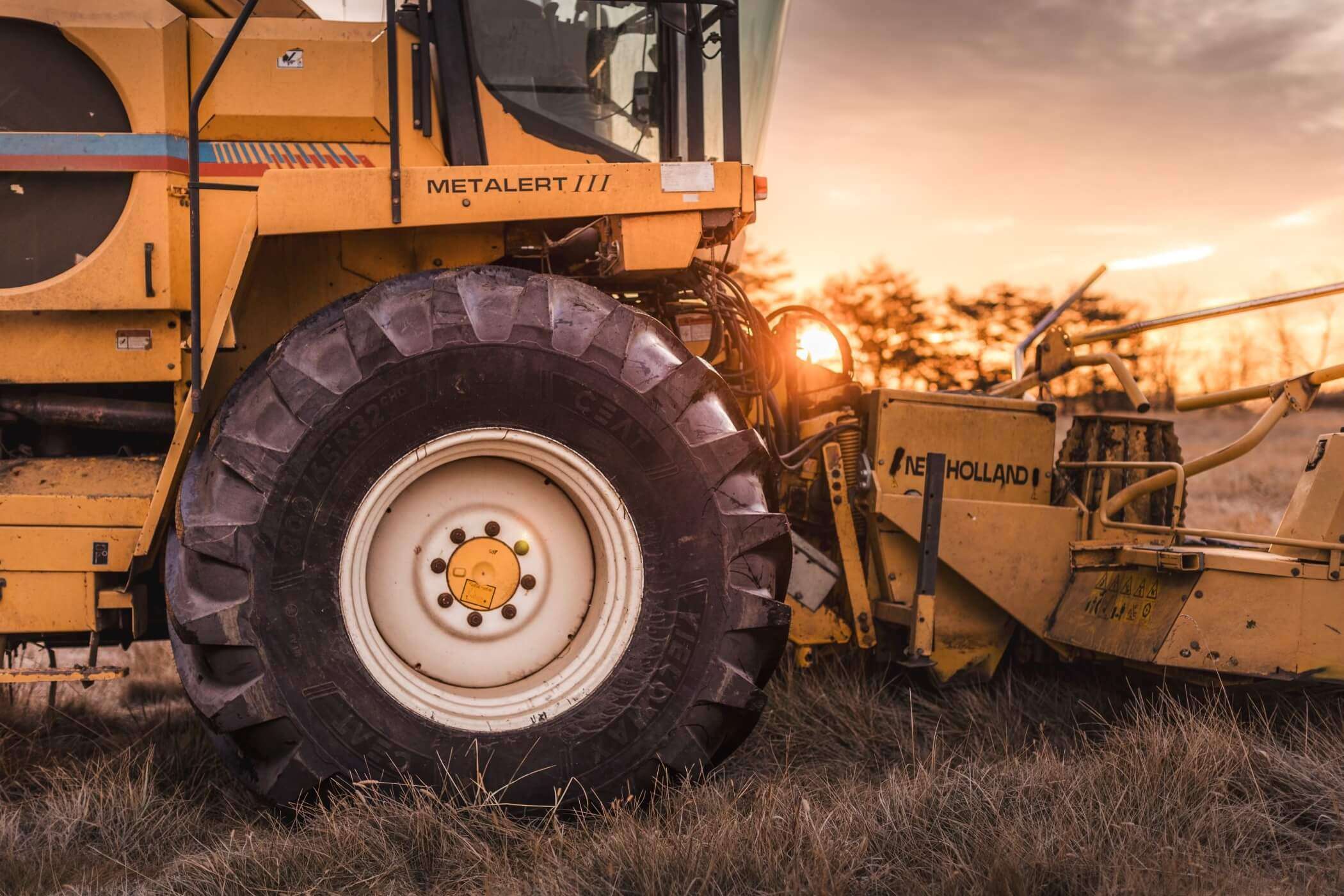tire advice
Guide to Proper Tractor Tire Maintenance
Mon, 12 Dec 2022 | tire advice
There are always so many chores on the farm and finite time, but taking the time to properly maintain your tractor tires is well worth the time and effort.
Priority #1 is keeping your farm tires properly inflated. A tire operating outside of the specified inflation range is a problem waiting to happen. Your tractor’s tire pressure can have a large effect on pulling power, traction, ride quality, and soil compaction. Tread life is also an issue – it is estimated that a tire underinflated by just 10% below the recommended levels can reduce your tire life by as much as 15%.
The tire pressure supports the structural integrity of the tire. If the tire is not properly inflated, the tire can become degraded. Uneven wear and poor traction are two side effects of an underinflated tire. Another consequence of an underinflated tire is bead slip, which occurs when the bead of the tire slips against the tire’s rim — creating a tremendous amount of heat that ultimately destroys the tire.
Overinflated tires can cause an operator to experience discomfort while running the machine — plus the overall tractor performance can falter. An overinflated tire reduces the tire flex, which affects the ride quality. Over inflation will also increase the wear and tear on the tractor. Tire and tractor manufacturers agree that as little as a 20% over-inflation can reduce your tractor performance by as much as 30%.
Correct tire inflation minimizes soil compaction, gains traction due to having the maximum ground contact, delivers optimum ride quality and extends the life of the tire.
So how do you get it right? Inflate to the air pressure that is appropriate for the most demanding application for each tire. This critical information is contained in the tire manufacturer’s data book. The load and inflation tables show the speed range, inflation range and the load range for each tire.
It’s important to regularly check the tire air pressure. Air pressures should be taken when the tractor tires have not been running and considered to be at a “cold” temperature. Checking tires first thing in the morning is best since they have been sitting overnight. If you reduce your pressure after taking a warm inflation pressure, you likely will end up in an under-inflation situation. Under inflation of any tractor tire can result in sidewall deflection that extends beyond the deflection parameters of the sidewall, resulting in tire damage.
Adjust Inflation for the Load
Each tractor tire has a load capacity as mentioned above. Carrying load that is way above the recommended load for the tractor or implement will cause damage and increase the tread wear rate. This critical information is contained in the tire manufacturer’s data book. Your tire dealer can also be a valuable resource for determining a tire’s load capacity.
Visual checks
In addition to tire inflation, it is important to inspect your tires on a regular basis. Look for abnormalities in the tread pattern and sidewall, such as bulges cracks and tears. Also, if you see signs of irregular wear in the tread, this could mean the tire is not being used properly for the application (most often is under inflated) or there is an issue with the equipment. Either way, detecting irregular wear early will help you correct the problem before too much damage is done.
Tire Storage
Properly storing your farm tires over the winter or when they are not in use will extend their life. The first step is to clean them before storage.
Tractor tires typically accumulate brake dust, road grime, and dirt. This gunk can be harmful to the tire if it is allowed to stay on for extended periods of time. Use soap, water and a good tire brush. Then wipe the tires down completely and allow them to air dry.
Watch the speed
Farm tractor tires are spending more and more time on the road these days as farmers work tracts that are more spread out. Most farm tires have a maximum speed rating of 25 miles per hour or less. When drivers go faster than their recommended speeds, they generate an excessive amount of heat in the tires. This heat breaks down the rubber in the tires, separating interior liners and belts. Not a good thing as you can imagine!
Leading global tire manufacturers like CEAT Specialty spend tens of millions of dollars to develop tractor tires that provide exceptional levels of traction, durability, roadability and less soil compaction that were unattainable just a few years ago.
The CEAT Torquemax VF, for example, keeps your tractor running smooth regardless of conditions on field on and off the field. It features a tilted lug tip that reduces vibration and noise. A higher angle and lug overlap at the center provides better roadability, and the lower angle at shoulder gives superior traction. The rounded shoulders ensure lesser damage to soil and crops. A wider tread and larger inner volume reduce soil compaction, and the R1-W tread depth ensures longevity of the tires.
With the VF (very high flexion) technology, the Torquemax has the ability to carry 40% more load or the same load with 40% less pressure. By utilizing the lower inflation pressures, a farmer can increase the tires’ ground contact area, helping with traction and fuel economy . . . and reduce the harmful downward forces that cause soil compaction.
Farmers are always prioritizing their many tasks. Make tire maintenance one of your “must do’s” and you will receive substantial rewards.












































